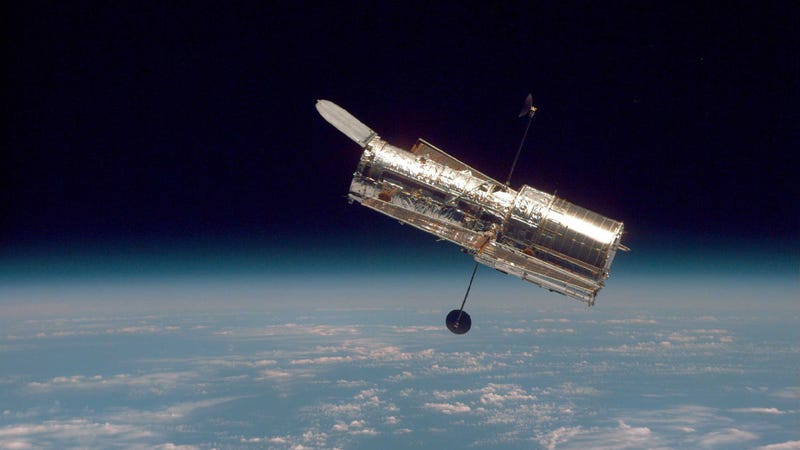Collectively as a species, humans have failed to understand where we are located in the universe. While we can approximately figure out where we are located in our galaxy, and consequently the universe, we have completely failed at understanding the vastness of our universe. The universe is massive, it so vast that we are still trying to build telescope capable of seeing its edge.
Proof of that was obtained by the Hubble Space telescope when astronomers pointed Hubble’s lenses towards an area in the sky for four months—approximately a tenth site of the fool moon—whcih appeared to be complete blackness with NO stars visible to the naked eye. Hubble proved, once again, how mistaken we were.
After four months of intensive observations, the Hubble space telescope gave astronomers the surprise of their life. Located more than 13 BILLION light years away, the Hubble space telescope found countless galaxies, each galaxy containing around one trillion stars.
In the images gathered by the Hubble, Space telescopes are over 10,000 galaxies, in one small area of the sky alone. Have you ever asked yourself how many stars are there in the universe? Or even tried imaging?
According to astronomers, there are around 10 billion galaxies in the observable universe alone. The number of stars in a galaxy is different from each galaxy to the other, but assuming an average of 100 billion stars per galaxy would suggest that there are about 1,000,000,000,000,000,000,000 (that’s 1 billion trillion) stars in the observable universe.
With our current technology, we are very limited when it comes to astronomical observations, but given the data we have gathered so far, we can see that the universe is so big, that it’s even hard to imagine. Interestingly, astronomers can only observe parts of the universe that are located within 13.7 billion light-years of our planet. This is because the ‘big bang’ occurred some 13.7 billion years ago.
Curiously, light from stars that are located farther than 13.7 billion light-years away has not had time to reach us yet.
This has lead numerous scientists to suggest that the universe must be much bigger than the universe that we can observe at this time, which means that there may be many more stars out there, stars we are still not able to observe. To understand just how big space is, within 13.7 billion light years, astronomers can see approximately 50 billion galaxies, each of which is made of around 100 billion stars.
The Milky Way galaxy—our cosmic oasis and home to our solar system—is believed to contain between 200 and 400 billion stars and at least 100 billion planets. The exact figure depends on the number of very-low-mass stars, which are hard to detect, especially at distances of more than 300 ly (90 pc) from the Sun.



